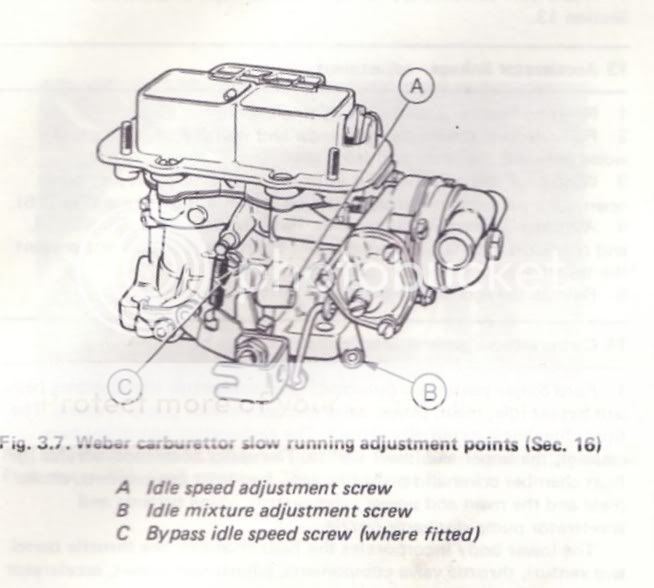I'm working on putting a Weber 32/36 DGEV on my `69 200 and am puzzled with the electric choke. I couldn't get it to work while bench testing and I think I may have the wrong bimetal element if that's possible. If you take the plastic piece with the coil in it off and you're looking at the coil, it expands with heat and turns clockwise (the direction of the coil from the center out is counterclockwise). Well...that actually closes the choke butterflys (engaging the choke) as it cools off, the butterflys open.
Unless I'm missing something, this seems backwards to me. Is there a model that has the choke on the other side?
Unless I'm missing something, this seems backwards to me. Is there a model that has the choke on the other side?











